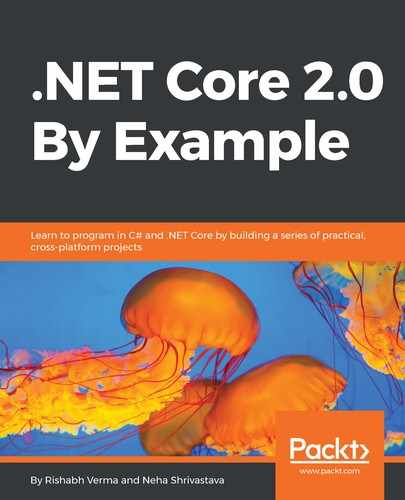In this category, the options are:
- Quickstart: Provides guidance to get you up and running with app deployment. Quickstart has handy guidance for ASP.NET, Java, Node.js, PHP, and Python.
- Deployment slots: Deployment slots let us deploy different versions of web apps to different URLs. We can test a certain version and then swap the content and configuration between slots. Deployment slots enable us to validate that the app is working properly in Azure, before we promote the app into production. This also eliminates downtime, and gives the new deployment a chance to warm up before customers use it. We can have more than one slot with the right App Service Plan. For example, we might want one slot for testing, one for staging, and one for production. And once it has been validated that the deployment into staging is working, we can swap the slots; that is, we can take what is tested in the staging slot, and with a click of a button (or a PowerShell script), we can make the staging deployment into the new production. In the worst case, if something goes wrong it's very easy to swap these back and take the last working production deployment and put it into production again.
- Deployment options: To configure the source control of your choice for deployment. Visual Studio Team Services (VSTS), OneDrive, Git, Bitbucket, and Dropbox are supported.
- Continuous Delivery: This is currently in preview at the time of writing this chapter. Continuous delivery in Visual Studio Team Services simplifies setting up a robust deployment pipeline. The pipeline builds, runs load tests, and deploys to the staging slot and then to production.
